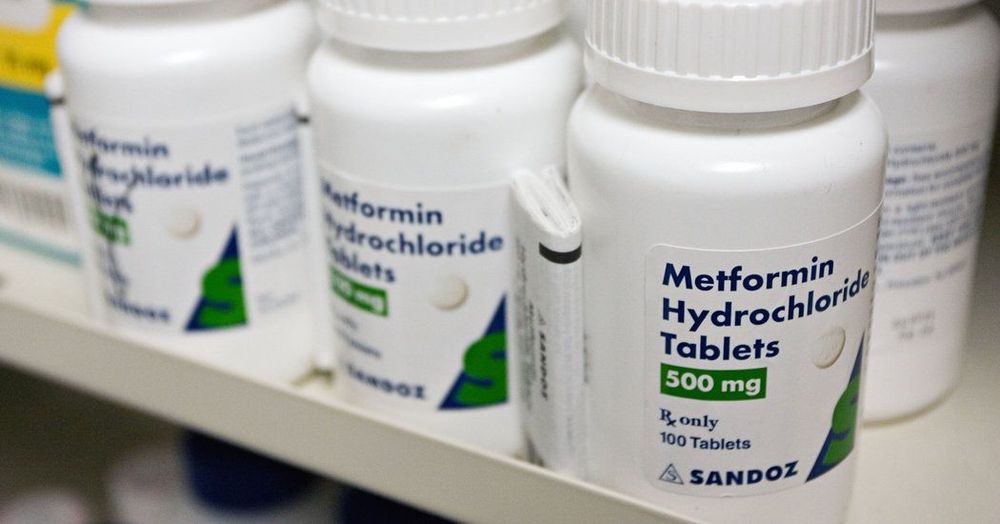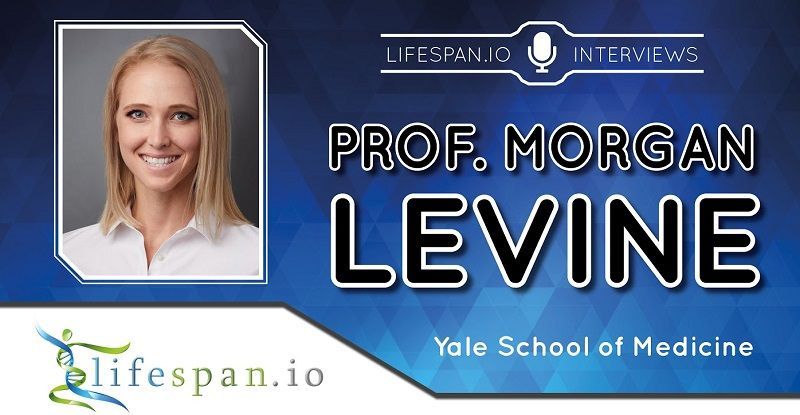The diabetes drug metformin, sometimes taken to slow aging, may blunt the health benefits of exercise.



Gensight Biologics, a company researching – among other things – the movement of mitochondrial genetic information to the nucleus to treat hereditary genetic diseases (a strategy that could also have an impact on aging according to the SENS Research Foundation), has recently released data for its latest trial of GS010, a therapy against the blindness-causing genetic disease LHON.
Note: Patrick Deane holds shares in Gensight Biologics (EPA: SIGHT).

In a small, recent human trial, a naturally occurring compound called urolithin A has yielded positive results and appears to slow down part of the aging process that is related to the production of energy in our cells.
What is urolithin A?
Urolithin A is the end product created when bacteria in the gut break down ellagitannins, which are polyphenols found in fruits such as pomegranates, strawberries, walnuts, and raspberries. The substance does not appear naturally in its end form, so we normally rely on the beneficial bacteria in the microbiome, our internal ecology of gut bacteria, to convert the polyphenols into urolithin A.
I’m Dr Janni Lloyd. My interest in health formally began in 1973 when I commenced my medical degree at the University of Western Australia. I spent many years in General Practice with a special interest in the psychological and emotional aspects of health maintenance and disease creation. In 1994 I moved into Holistic / Alternative / Complementary health. In 1992 I began studying Healthy Longevity / Indefinite Life Extension and the philosophy of Physical Immortality from many different perspectives – spirituality/theology, holistic health, psychology, medical science and quantum physics.
The following essay/article combines many of these different viewpoints.
HEALTHY LIFE EXTENSION / PHYSICAL IMMORTALITY – THE MASS POSSIBILITY
Collaborate toward positive futures: https://www.existentialhope.com/

© Provided by Bauer Media Pty Ltd A study published in the journal Nature Medicine found that eating cheese can lead to a longer lifespan.
Every now and again, a study is released that makes our heart skip a beat.
Recently, research published in the journal Nature Medicine found that eating cheese can lead to a longer lifespan (and it wasn’t even satire!).
“As far as I’m concerned, ageing is humanity’s worst problem, by some serious distance.”–Aubrey de Grey.


Tam Hunt interviews Prof. Morgan Levine about her work with epigenetics and aging.
One of the biggest breakthroughs in biology in the last few decades has been the discovery of epigenetics. Rather than changing the genes themselves, epigenetics change how genes are expressed, allowing our cells to differentiate between their various types.
However, the epigenetics of our cells change over time. There is some debate over how much epigenetic alterations are a cause or a consequence of other age-related damage, but they are one of the primary hallmarks of aging.
Multiple “epigenetic clocks” have been developed over the last decade. These clocks are now displaying an uncanny ability to determine biological age, and Steve Horvath’s GrimAge can predict, with limited accuracy, how much longer a human has to live!